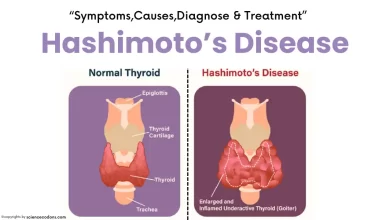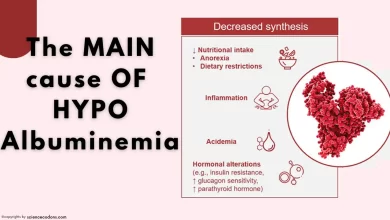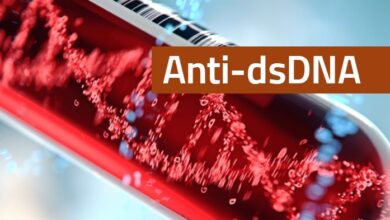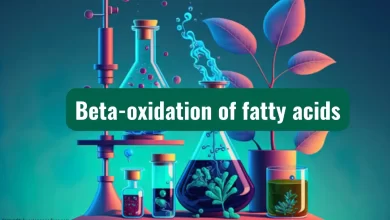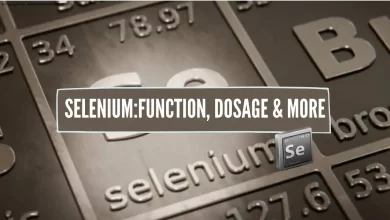A chemical buffer is a solution that can resist changes in pH when small amounts of acid or base are added. Generally, biological compounds with ionizable groups with a pKa around 8 exhibit buffering properties under physiological conditions.
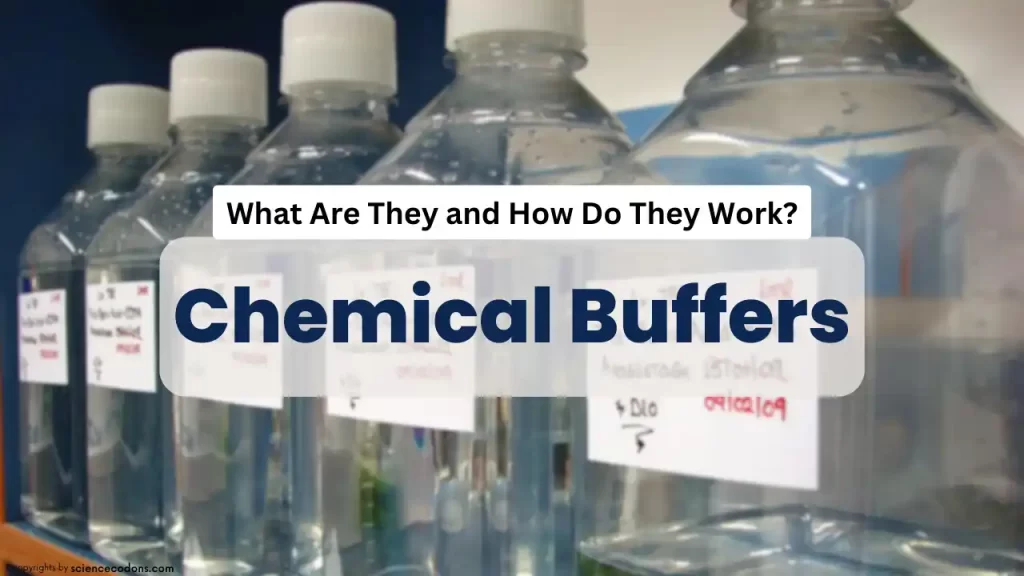
Chemical buffers are solutions that resist changes in pH when small amounts of acid or base are added. They are essential for maintaining a stable pH in many biological, chemical, and industrial processes. In this post, we will explain what chemical buffers are, how they work, and what are some of the most common buffer solutions.
What Are Chemical Buffers?
A chemical buffer is a chemical solution that contains a weak acid and its conjugate base or a weak base and its conjugate acid. A weak acid is an acid that does not completely dissociate in water, such as acetic acid (CH3COOH). A conjugate base is the species that remains after the acid loses a proton (H+), such as acetate ion (CH3COO–). A weak base is a base that does not completely accept protons in water, such as ammonia (NH3). A conjugate acid is the species that forms after the base gains a proton, such as ammonium ion (NH4+).
A chemical buffer uses the equilibrium between the weak acid and its conjugate base, or the weak base and its conjugate acid, to neutralize any added acid or base. For example, if a small amount of acid is added to a buffer solution containing acetic acid and acetate ion, the following reaction occurs:
CH3COOH + H+ ⇌ CH3COO– + H2O
The added H+ reacts with the acetate ion to form more acetic acid, which shifts the equilibrium to the left. This reduces the amount of H+ in the solution. Thus, the change in pH is minimized. Similarly, if a small amount of base is added to the same buffer solution, the following reaction occurs:
CH3COOH + OH– ⇌ CH3COO– + H2O
The added OH– reacts with the acetic acid to form more acetate ions, which shifts the equilibrium to the right. This reduces the amount of OH– in the solution, and thus the change in pH is minimized.
What Are the Most Common Buffer Solutions?
There are many types of buffer solutions that can be used for different purposes and pH ranges. Some of the most common buffer solutions are:
Phosphate buffer
This buffer solution comprises a mixture of sodium dihydrogen phosphate (NaH2PO4) and sodium hydrogen phosphate (Na2HPO4) or their corresponding salts with other cations, such as potassium or ammonium. Phosphate buffer has a pH range of 5.8 to 8.0 and is widely used in biological and biochemical applications, such as cell culture, DNA extraction, and enzyme assays.
Na2HPO4+ H+↔Na+ + NaH2PO4
Acetate buffer
This buffer solution comprises a mixture of acetic acid (CH3COOH) and sodium acetate (CH3COONa) or their corresponding salts with other cations, such as potassium or ammonium. Acetate buffer has a pH range of 3.7 to 5.6 and is commonly used in analytical chemistry, such as titrations, chromatography, and spectrophotometry.
CH3COONa+ H+↔ Na+ + CH3COOH
Citrate buffer
This buffer solution comprises a mixture of citric acid (C6H8O7) and sodium citrate (C6H5O7Na3) or their corresponding salts with other cations, such as potassium or ammonium. Citrate buffer has a pH range of 2.6 to 5.6 and is often used in biological and biochemical applications, such as antigen retrieval, protein purification, and enzyme kinetics.
C6H5O7Na3+ 3H+↔ 3Na+ + C6H8O7
Borate buffer
This buffer solution is composed of a mixture of boric acid (H3BO3) and sodium borate (Na2B4O7) or their corresponding salts with other cations, such as potassium or ammonium. Borate buffer has a pH range of 8.0 to 10.0 and is frequently used in molecular biology, such as gel electrophoresis, DNA hybridization, and RNA extraction. The buffer equation for this system is:
H3BO3+H2O⇌H++H4BO–4
Bicarbonate/Carbonic Acid System
The most important blood buffering system is the bicarbonate/carbonic acid system. The pKa of this buffering system is approximately 6.1 to 6.3. The components of this buffer are produced by an enzyme called carbonic anhydrase, which exists inside red blood cells. This enzyme catalyzes the reaction between water and carbon dioxide, resulting in the production of carbonic acid. Carbonic acid is a weak acid that spontaneously dissociates into protons and bicarbonate ions.
The bicarbonate/carbonic acid system buffer is a chemical buffer that helps maintain the pH of the blood and other biological fluids. It consists of a weak acid, carbonic acid (H2CO3), and its conjugate base, bicarbonate ion (HCO3−). The buffer equation for this system is:
H2CO3+H2O⇌H++HCO3−
The buffer can resist changes in pH by either absorbing or releasing hydrogen ions (H+) depending on the conditions. For example, if an acid is added to the buffer, some of the bicarbonate ions will react with the H+ to form carbonic acid, which lowers the concentration of H+ and minimizes the pH change. Conversely, suppose a base is added to the buffer. In that case, some of the carbonic acid will dissociate to form bicarbonate ions and H+, which increases the concentration of H+ and counteracts the pH change.
| Buffer | pH range | Components |
|---|---|---|
| Acetic acid/sodium acetate | 3.6–5.6 | CH3COOH/CH3COONa |
| Ammonia/ammonium chloride | 8.8–10.8 | NH3/NH4Cl |
| Phosphate | 6.5–8.0 | NaH2PO4/Na2HPO4 |
| Citric acid/sodium citrate | 3.0–6.2 | C6H8O7/Na3C6H5O7 |
| Carbonic acid/bicarbonate | 6.1–7.8 | H2CO3/NaHCO3 |
Conclusion
Chemical buffers are solutions that resist changes in pH when small amounts of acid or base are added. They are important for maintaining a stable pH in many biological, chemical, and industrial processes. There are many types of buffer solutions that can be used for different purposes and pH ranges, such as phosphate, acetate, citrate, and borate buffers. Choosing the appropriate buffer solution ensures that your experiment or process runs smoothly and accurately.
Reference:
- Chemistry: The Molecular Science by John McMurry
- Chemistry by Raymond Chang
- Lehninger Principles of Biochemistry by David L. Nelson and Michael M. Cox
- Chapter 7:Biochemistry by Jeremy M. Berg, John L. Tymoczko, and Lubert Stryer
